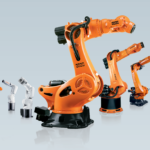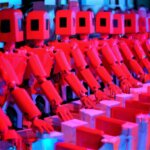Evolution of autonomous robots: Past, present and future roles
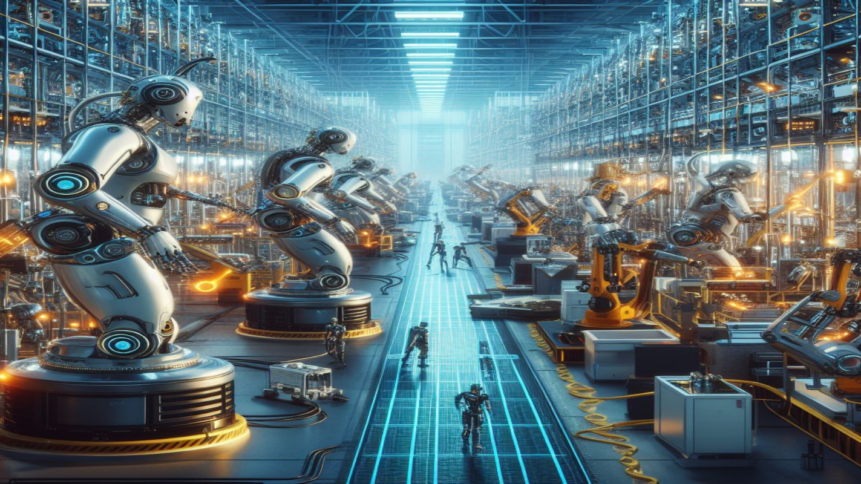
|
Getting your Trinity Audio player ready...
|
- Autonomous robots – a history and overview.
- From ‘tortoises’ to co-workers.
- As technology costs dropped, robots rose.
Technological advancements, including software, electronics, and robotics, drive modern society. We see technology developing daily, changing how we work and do business. Arguably, at the forefront of current technological progress are AI technology and autonomous robots. There is little doubt that mobile, self-governing robots will play key roles in the future.
In just 50 years, the market for industrial robots has evolved significantly. Today, that evolution has garnered the term “cobots,” or collaborative robots that work alongside humans. Whether autonomous robots will continue to work side-by-side with humans or take over roles completely is a debate that continues.
Artificial intelligence technology has accelerated at an astounding pace over the last two years (something called ChatGPT is one year old at the time of writing), affecting many sectors across the globe. AI has become a part of everyday life for so many, with intelligent assistants supporting us as we work. They are now at our beck and call, answering queries and performing repetitive tasks in various industries.
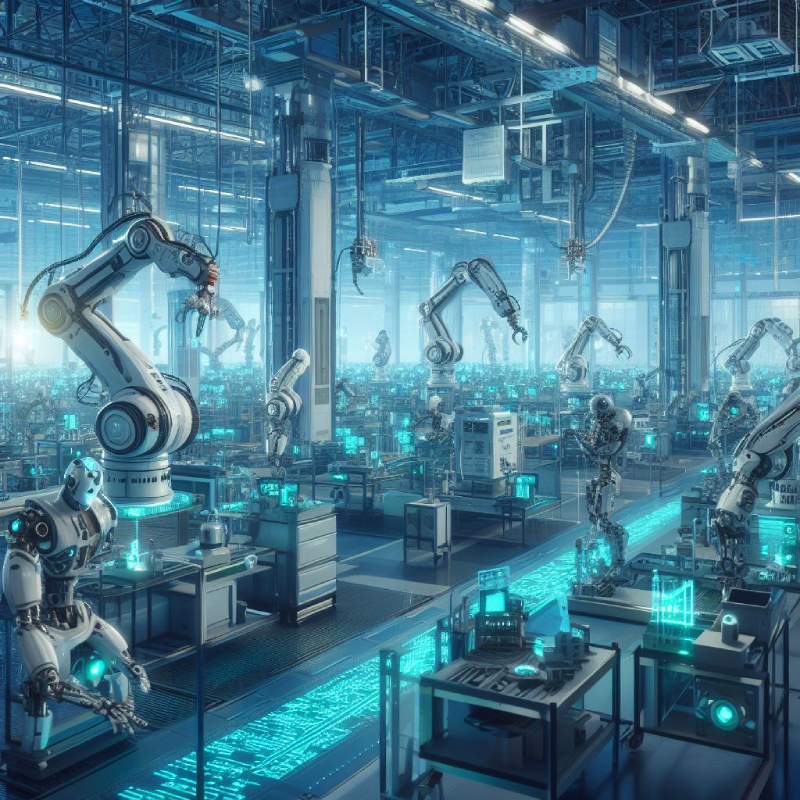
Hasn’t that always been the point of technological advancements, though? To help us complete physical tasks quicker or even in our place? If recent decades are anything to go by, we rely on automation more than ever. Autonomous robots may soon be irreplaceable parts of society’s fabric.
Emerging as a key competitive factor for manufacturing operations worldwide, the number of industrial robots being used in industries has grown exponentially since the 1970s. For instance, only 200 industrial robots were used in the US in 1970 compared to 4,000 in 1980. By 2015, that number had risen to 1.6 million. Today, an estimated three million or more autonomous robots are in use.
Robots in industry through time
To understand the impact of robots on different industries, we need to go back to their origin in the 1940s and 1950s. British neurophysiologist W. Grey Walter is often credited as being the man who started it all, developing Elmer and Elsie, two robots in the late 1940s. Inspired by biological systems, Grey Walter’s Tortoises (as they were also affectionately known) exhibited fundamental autonomous actions. Using basic sensors, the robots could navigate their surroundings and even respond to stimuli, mirroring lifelike behavior.
During the 1950s, the progression of autonomous technology continued with George Devol’s creation (he is also termed “the Grandfather of Robotics”), Unimate. Beginning with basic devices for moving objects autonomously, Devol is credited with inventing the first industrial robot.
Over time, electronics, sensors, and software advancements expanded autonomous robot abilities, enabling complex tasks like painting, welding, and precision work.
These early examples of robots began commercial use on assembly lines by the early 1960s, primarily performing heavy lifting tasks. This was despite their primitive design and limited programmability. However, it soon became evident that robotics significantly increased manufacturing productivity.
During the late 1960s and early 1970s, demand for automation increased. Therefore, industrial robots shifted to more precise tasks, prompting the development of smaller, electric models equipped with advanced controls and motors ideal for assembly work like tightening bolts and nuts.
Fast-forward to the late 1970s, and robots had broadened their capabilities. They included tasks like arc welding, intricate spray painting, and hazardous environment operations. The latter allowed humans to work in other production areas while heightening safety in industries such as steel refining and other heavy engineering sectors.
Enthusiasm for robotics continued into the mid-1980s. This era sparked the evolution of modern industrial robots, integrating advanced sensors and basic machine vision systems.
As technology continued to advance and computer hardware costs decreased, robotic capabilities took a substantial leap. Engineers were able to install precision force sensors and lasers on robots, enabling them to detect and track components on assembly lines, providing a human-like sense of sight and touch. That may sound familiar to Amazon’s new robotic solutions, Sequoia and Digit! Like Amazon’s “humanoid” robots, the 1980s engineering marvels elevated robots from repetitive task performers to machines with “limited intelligence.”
While 1980s autonomous robots, otherwise known as autonomous guided vehicles (AGVs), could transport goods and materials from one workstation to another, they still lacked the flexibility and adaptability of autonomous mobile robots. But, as we stepped into the 1990s and 2000s, a rejuvenated interest in developing true autonomous mobile robots emerged.
There was continued progress in the development of artificial intelligence, sensor technology, and machine learning. Autonomous robots could perceive their surroundings more attentively thanks to new generations of sensors. The robots could also learn from their experiences and adapt to changes via newly updated AI algorithms. This was the genuine dawning of the age of autonomous robots.
During the 2000s, independent robotic system technology continued with mobile autonomous robots adopted by numerous industries worldwide, including manufacturing, retail, and healthcare. While most still work alongside a human workforce, these robots have streamlined warehouse operations and revolutionized how products and materials are handled.
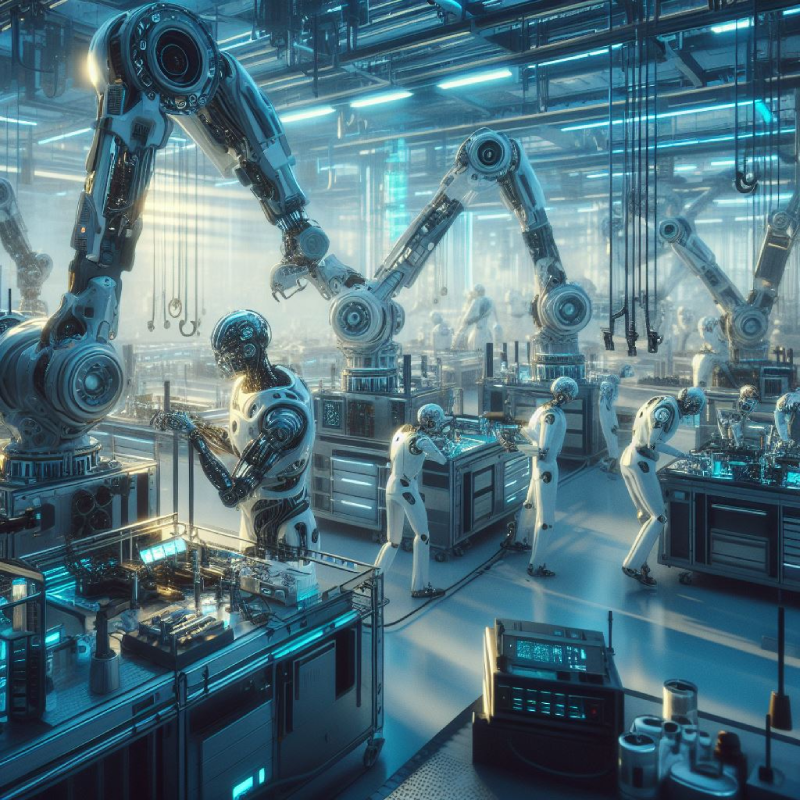
Created by Bing AI
Some robots have replaced human workers in many environments, which holds many ethical conundrums. The fact that these robots can augment a human’s capabilities makes them a priceless commodity in certain industries. Although there are drawbacks associated with using this technology, there is little doubt that autonomous robotic systems have helped improve safety, increased productivity, and introduced new, exciting possibilities in the world of innovative machine learning technology.
The present and future of autonomous robots
Today, mobile autonomous technology is widely used in the industrial sector and agriculture, health, logistics, and property maintenance. Although full-scale adoption may still be years away, mobile robots maintain their potential to completely change the way business is done in the future. Even in the modern age, autonomous mobile robots are evolving. That just leaves us with the question, “What does the future hold for robots in industry?”
Machine learning and AI have helped extend industrial robots’ ability to make autonomous decisions without human guidance. Modern robots can analyze extensive data sets, improving their performance via varying mechanical motions. Engineers now prioritize instilling “real intelligence” in robots for increased complexity and efficiency, cultivating a safe collaboration with humans in manufacturing settings.
In recent years, there has been a rise in collaborative robots (cobots). This marks a shift towards robots designed to operate alongside humans safely. Using force-limited joints and computer vision, cobots can interact directly with humans.
Initially passive, the development of cobots has been incredible. They now wield power sources and are capable of precise object manipulation and environmental awareness. Their synergy with human workers has already resulted in mass changes in the manufacturing world, evidenced by the nearly $1 billion cobot market and 40,000 operational machines worldwide. Expect a wider adoption of cobots that will continue to drive efficiency and forever alter industrial sectors globally.






